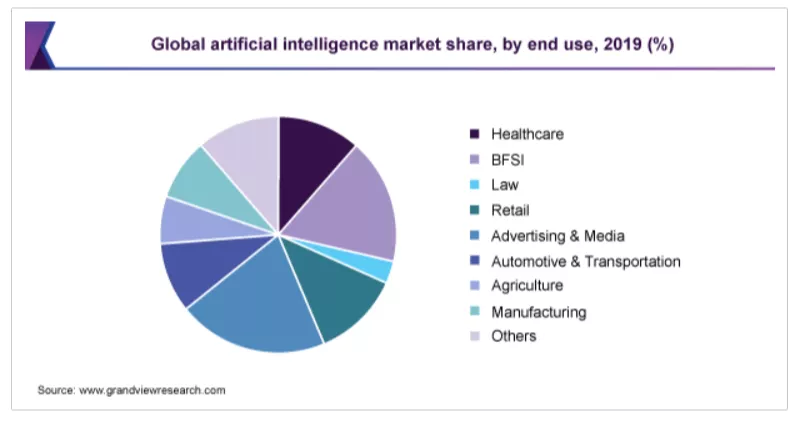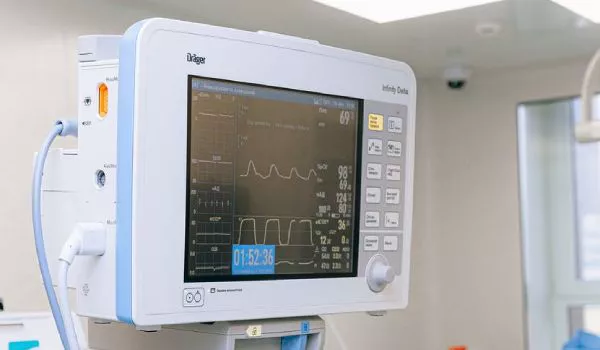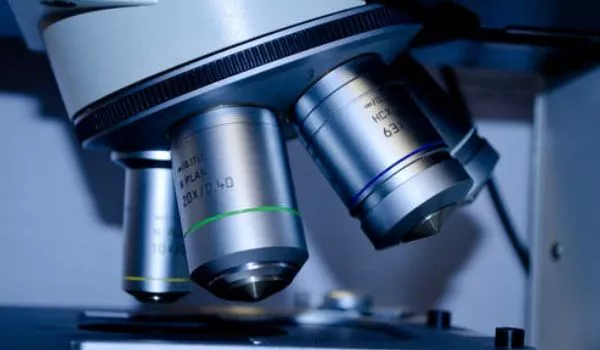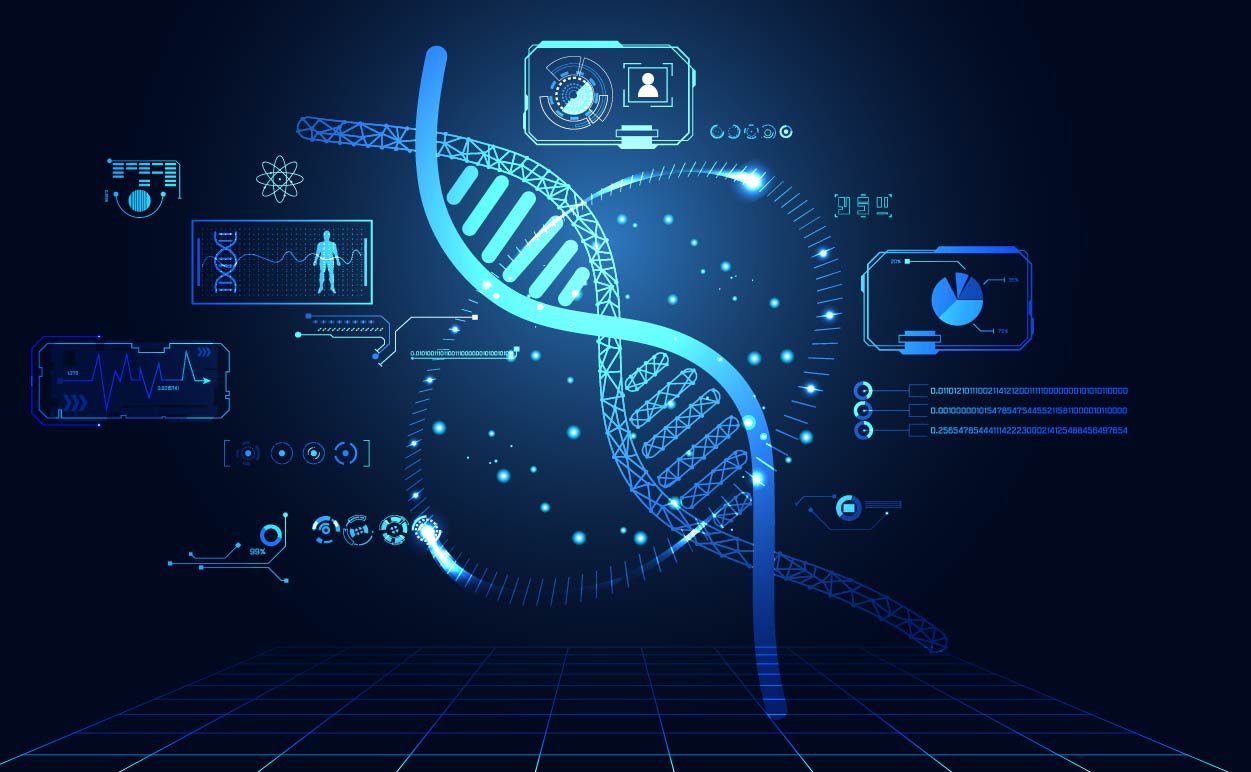Artificial Intelligence (AI) has become ubiquitous, there’s no disputing that. It is becoming increasingly capable of learning, reasoning, and using logic in the same way that people do.
AI has a lot of promise to benefit the medical profession, just like it does in many other industries.
FitBit, Smartwatch, or a Smart belt are just a few AI-enabled wearables that you might already be using to keep track of your health.
Many great examples of AI in medicine can be found if you look closely. It’s slowly but steadily becoming a part of our healthcare system.
Today in this blog we talk about the real-world applications and use cases of AI in the medical field and profession.
AI in Medicine: The Market Trends
Artificial Intelligence is expected to have a significant role in medicine and healthcare in the near future.
There are numerous causes for this, including:
- Innovation in computing power,
- Improved Learning algorithms,
- Accessibility of massive data from medical records, and
- Wearable health gadgets becoming more common.
The healthcare market for Artificial Intelligence is increasing day by day, and the market trends look anything but promising.
Market Value
According to reports, AI in the global healthcare market value is projected to grow from 3.14 billion USD in 2019 to 23.85 billion USD by 2025.
It is expected to grow at a CAGR (Compound Annual Growth Rate) of 40.15% during the forecast period from 2020 to 2025.
End-Use Insight
The Advertising and media segment led the AI market in 2019 and accounted for more than 20% share of the global revenue. The healthcare sector is projected to gain a leading share in the AI market by the year 2027. (Source)

Real-world Applications of AI in Medicine
AI is primed to be the engine that drives transformation across the healthcare sector, thanks to the large amount of data available.
Learning Algorithms are becoming more exact and precise as Artificial Intelligence advances, allowing us, as humans, to obtain insights into diagnosis, therapies, and care processes.
Here are some examples of real-world AI uses in medicine that can assist both patients and doctors.
1. Disease Diagnosis
The key to a successful treatment is a precise diagnosis. A lot can go wrong in the case of a misdiagnosis. As a result, doing it right is critical, but it is not always simple.
The medical industry gains greatly from the application of artificial intelligence to healthcare diagnosis.
Even before many obvious symptoms arise, AI-based software can determine whether a patient has a specific disease. And, in the vast majority of cases, these forecasts are correct.
Diagnostics are becoming more affordable and accessible because to artificial intelligence.
Machine Learning, particularly Deep Learning algorithms, is increasingly being utilized to autonomously diagnose diseases.

ML, otherwise known as Machine Learning algorithms learn to recognize patterns very similar to the way doctors see them. A major difference though is that algorithms require a large number of real examples to learn from. And because machines can’t read between the lines in textbooks, these examples are digitized.
As a result, Machine Learning is specifically useful in situations when the diagnostic information that a doctor reviews is already digitized. For example, images from MRI machines, CT scanners, and X-rays contain large amounts of complex data that is difficult and time-consuming for humans to evaluate.
Machine Learning can be useful in the following situations:
- Detecting brain tumor or lung cancer based on CT scans
- Assessing the risk of sudden cardiac arrest or other heart diseases based on ECG and cardiac MRI images
- Classifying skin lesions in skin images
- Finding traces of diabetic retinopathy in eye images
Why Use AI When Physicians Can Do Everything Mentioned Above?
Now you might be asking why you should have AI when there are physicians who can do it?
Artificial intelligence techniques such as machine learning (ML) operate as a second set of eyes that can assess a patient’s health based on information gathered from available data.
There is plenty of useful data (CT, MRI, genomics, patient’s records, and handwritten files) available in the cases mentioned above. And with all this data, machine learning algorithms are becoming just as efficient as the diagnostics by an expert.
Machine learning algorithms stand out because they can reach conclusions significantly faster and the models can be duplicated globally at little cost.
Oh, so does that mean AI will replace the doctors sometime soon?
No.
AI is unlikely to replace physicians and doctors anytime soon. Instead, artificial intelligence will be utilized to identify potentially cancerous tumors or life-threatening cardiac abnormalities in individuals. The doctors will be able to concentrate on the interpretation of the highlighted signals as a result of this.
2. Faster Drug Development
Drug development is becoming a more competitive and expensive medical enterprise. Even as technology advances, the cost of developing a new drug increases every few years. AI has the potential to play a key role in this.
Leading medical and pharmaceutical businesses are turning to artificial intelligence (AI) to cut R&D expenses and avoid costly mistakes.
Machine Learning can improve the efficiency of many analytical processes in drug development. This has the potential to save investors millions of dollars.
By 2026, the health AI applications can potentially create 150 billion USD annual savings for the United States healthcare economy.
Drug development is divided into four stages.
- Stage 1 – Target identification for intervention
- Stage 2 – Discovering the drug candidates
- Stage 3 – Speeding up of clinical trials
- Stage 4 – Finding Biomarkers for diagnosing the disease
You’ll be shocked to learn that artificial intelligence is already being successfully applied in all of these stages. Let’s take a look at each of these stages and see what they do.
Stage 1 – Target identification for intervention
Understanding the basic origins of a disease and its resistance mechanisms should be the first step in designing a therapy. Then you must be able to find relevant targets for treating the condition (usually proteins).
Although high-throughput approaches such as short hairpin RNA (shRNA) screening and deep sequencing make massive amounts of data available for discovering potential target pathways,
Traditional methods though, on the other hand, still struggle to integrate the large number and variety of data sources – and then search for useful patterns.
Here, machine learning algorithms swiftly analyze all of the available data and learn to automatically find excellent target proteins.
Stage 2 – Discovering the drug candidates
Finding a chemical that can interact with the specified target molecule in the desired manner is the next stage.
This entails evaluating a large number of candidate chemicals to see how they affect the target (affinity). Natural, synthetic, or bio-engineered substances could be used.
However, the current method has the potential to generate erroneous and insufficient recommendations. So, in reality, deciding on the best medicine candidates takes a long time.
Here, machine learning algorithms come in handy: they learn to anticipate the appropriateness of a molecule based on structural fingerprints and chemical descriptors. Then they sift through millions of possible molecules to find the best ones – those with the fewest adverse effects.
As a result, substantial time is saved in drug development.
Stage 3 – Speeding up of clinical trials
Finding eligible candidates for clinical trials is difficult. If you choose the wrong individuals, the trial will take longer, costing you both time and money.
Clinical trials can be sped up with machine learning. It can find suitable individuals and guarantee that groups of trial participants are distributed properly. The algorithm may be trained to distinguish between good and bad candidates.
The clinical trial process benefits from AI technology in three ways: it becomes faster, more reliable, and more secure.
They can also provide an early warning for a clinical trial that is not yielding conclusive findings, allowing researchers to intervene and save the drug’s development earlier.
Stage 4 – Finding Biomarkers for diagnosing the disease
It is only possible to treat a patient for an illness if the diagnosis is certain.
Biomarkers are chemicals found in biological fluids such as blood that are used to determine whether or not a patient has a disease. They can also be used to track the progression of an illness.
However, finding relevant Biomarkers for a disease is a difficult task. Screening thousands of possible chemical candidates is an expensive and time-consuming operation.
AI automates a substantial percentage of the manual labor here and, in turn, speeds up the process.
The algorithms can classify molecules into excellent and bad candidates – which helps the specialists examine the best chances.
Biomarkers are used to identify:
- The presence of disease at the earliest – diagnostic biomarker
- The risk of a patient developing a disease–risk biomarker
- The probable progress of a disease – prognostic biomarker
- Whether the patient will respond to a drug or not – predictive biomarker
For example, in 2017, UK-based AstraZeneca collaborated with biopharma company Berg and used AI to find biomarkers and drugs for neurological disease.
3. Virtual Nursing Assistant

Many of us would choose to avoid unnecessary hospital visits if given the choice. Is it, however, feasible?
This appears to be a possibility with virtual nursing aides.
Virtual nursing assistants cut down on unnecessary hospital visits, easing the pressure on medical staff.
Patients can benefit from a personalized experience provided by an AI-powered virtual nursing assistant. It can help you diagnose sickness based on symptoms, track your health, make doctor’s appointments, and much more. It has the ability to keep any chronic condition from worsening.
These days, virtual assistants are very popular. They are being used by hospitals and medical professionals to boost patient involvement and self-management skills.
4. Provide Personalized Treatment
Drugs and therapy plans have varying effects on various patients. There’s a lot of potential for patients’ lifespans to be extended with individualized treatment alternatives.
To give individualized treatment, machine learning is applied.
How?
It can assist in identifying the traits that suggest a patient’s likelihood of having a specific reaction to a given treatment. It is capable of predicting a patient’s likely response to a given treatment.
But how does the machine learning system figure this out?
The algorithm learns this by comparing and cross-referencing data from similar patients’ treatments and outcomes. This is extremely beneficial to doctors in developing the best treatment strategy for their patients.
5. Enhance Gene Editing

Furthermore, AI is being applied to genetic studies.
Machine learning techniques are increasingly being used in genome sequencing and annotation, among other applications. That’s not the end of it.
It’s also employed in diagnostics based on the human genome.
And if you think AI won’t be able to change human genes, think again.
CRISPR (Clustered Regularly Interspaced Short Palindromic Repeats), particularly the CRISPR-Cas9 system for gene editing, has made a significant contribution to our ability to edit DNA in a cost-effective and precise manner. Aside from this, we have TALENs and ZFNs to help in gene editing.
AI is already assisting humans in a variety of ways. But this is only the start.
The more we can digitize and unify our medical data, the more we will be able to use AI to make further accurate and cost-effective decisions in complex analytical processes.
The Future of AI in Medicine in 2022 and beyond
Artificial Intelligence can transform medicine in the following areas:
- Reducing medical errors
Medical errors lead to misdiagnosis. For example, in breast cancer, false-negative mammogram reports can delay treatment for many women. AI is used extensively to detect any such abnormalities that human eyes cannot see.
- Making healthcare human again
This can be AI’s most beneficial contribution to healthcare. The unnecessary work involved in data entry can be avoided. The doctor can rather deal with the patient with compassion without getting into data entry.
- Getting diagnosed with a picture’s help
The future can be an age of “medical selfie” to get diagnosed only with a selfie.
2. Making data accessible to everyone
Do you think it’s sufficient if we only build medical AI products?
No. What’s more important is to get these products out to people’s access.
Let’s take the example of American-trained AI models for lung diseases that don’t include TB in their labeling. TB is a problem for the developing world countries, but not so in America, so scans of TB are not found in the training dataset.
But, AI must work everywhere for everyone. Adding images of tuberculosis to the datasets would help generalize and democratize AI to other parts of the world.
3. IoMT – Internet of Medical Things
We will need many more devices and mobile apps that’ll play a critical role in tracking and preventing chronic illnesses for patients and their doctors.
AI’s growing potential to synergize with other healthcare technologies can thus present many possibilities in the industry.
Build an Intellegent AI-Powered Medical Platform with WDX Technologies
Are you willing to transform your healthcare and medical business with AI? If yes, get in touch with us.
We are an award-winning technology company with vast experience in creating AI-based applications. Let’s talk.
Got A New Project?
Book a meeting with one of our team members or get a ball park estimation on your project.
Book A MeetingGet A Rough EstimateFrequently Asked Questions
1. What are the Real-world Applications of AI in Medicine?
- Disease Diagnosis
- Faster Drug Development
- Virtual Nursing Assistant
- Provide Personalized Treatment
- Enhance Gene Editing
2. The Future of AI in Medicine in 2022 and beyond
- Exploring AI’s Potential in Specific Areas
- Making data accessible to everyone
- IoMT – Internet of Medical Things
Related Articles
Translating innovation to sustainable business growth.
Let’s Work Together to Create the Future We Want
WDX Technologies helps businesses turn their ideas into successful digital realities. We excel in creating digital solutions that solve critical pain points while making you and your customers the HERO.


